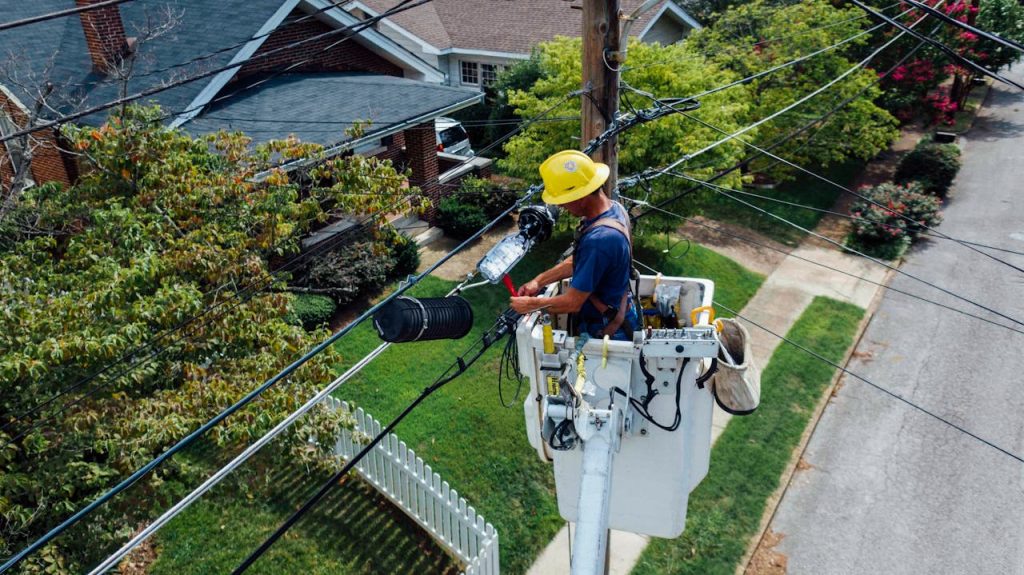
Image source: pexels.com
Utility bills are climbing faster than many people expect. From electricity and water to natural gas and internet, the monthly costs keep inching up. For some households, these rising utility costs are starting to feel like a new kind of debt trap. Instead of credit card bills or personal loans, families now face mounting balances just to keep the lights on. If you’re feeling squeezed, you’re not alone. Let’s explore why this is happening and how to avoid getting caught in a cycle of utility debt.
1. How Utility Bills Became a Major Budget Threat
For years, utilities were a predictable part of the budget. Most people could estimate their monthly electricity or water bill with a fair amount of accuracy. That’s changing. Rising utility costs are outpacing wage growth in many areas. Factors like inflation, increased demand, and aging infrastructure are all making it more expensive to power and heat your home. Even small increases add up over time, especially for those on fixed incomes or with tight budgets.
Now, missing a payment or two doesn’t just mean a late fee. It can lead to service shutoffs or accumulating balances that are hard to pay down. The gap between what people earn and what they owe for basic services is widening, pushing more families toward financial instability.
2. The Link Between Rising Utility Costs and Debt
Many people think of debt as something that comes from credit cards, loans, or medical bills. But utility debt is becoming more common. As prices go up, some households postpone payments or pay only part of their bill. Penalties and fees start piling up. If you fall behind, it’s easy for balances to snowball.
Unlike some types of debt, utility balances don’t always show up on your credit report right away. But if an unpaid bill is sent to collections, it can hurt your credit score and make it harder to get approved for apartments or loans in the future. More importantly, persistent utility debt puts your access to essential services at risk.
3. Why Are Utility Prices Rising So Quickly?
Several factors are pushing utility prices higher, and it’s not just inflation. Energy companies are investing in new infrastructure and cleaner technology, which costs money. Severe weather events, like storms and heatwaves, drive up demand and can damage supply lines. Regulatory changes sometimes require utilities to upgrade equipment, passing those costs on to customers.
Natural gas prices have also been volatile, impacting heating and electricity costs. Water systems in many cities are aging, requiring expensive repairs. All these factors trickle down to the consumer, making rising utility costs a widespread problem. Some states are seeing double-digit percentage increases in just a year or two.
4. Who Is Most at Risk from the New Debt Trap?
Low-income families, seniors on fixed incomes, and renters are especially vulnerable. When a bigger share of income goes to utilities, less is left for food, medicine, or savings. Some people have to choose between paying their utility bill and covering other essentials. This is how rising utility costs can quickly become a debt trap.
Renters may be hit with higher rates if landlords pass on increased costs, and those living in older homes may face higher bills due to inefficient appliances or poor insulation. Even middle-income households are feeling the pinch as rates outpace wage growth.
5. Practical Steps to Avoid Utility Debt
Not everyone can simply use less power or water, especially in extreme weather. But there are still ways to manage rising utility costs and avoid falling into debt. Start by reviewing your bills and looking for patterns. Are there months where usage spikes? Many utility companies offer budget billing or payment plans to help even out costs throughout the year.
Ask about assistance programs if you’re struggling. Many local governments and nonprofits offer help with utility bills for those who qualify. Upgrading to energy-efficient appliances, sealing drafts, and using smart thermostats can help cut costs. Small changes add up, and every dollar saved reduces the risk of falling behind.
6. What to Do If You’re Already Behind
If you’ve already missed a payment or are carrying a balance, don’t ignore it. Contact your utility provider as soon as possible. Many companies are willing to set up payment plans or temporarily suspend late fees if you ask. The worst thing to do is wait until you get a shutoff notice.
Look for local resources. Some states offer emergency assistance or weatherization programs to help reduce bills. You may also be able to negotiate a lower payment if you can prove financial hardship. It’s important to act early before small balances become a bigger problem.
Staying Ahead of Rising Utility Costs
Rising utility costs are more than just an inconvenience—they’re creating a new debt trap for many Americans. By paying attention to your monthly bills and knowing your options, you can avoid falling behind. Don’t be afraid to reach out for help or explore ways to reduce your usage. The sooner you act, the easier it is to keep these costs from putting you in a financial bind.
Are rising utility costs causing problems in your budget? How are you managing your bills? Share your experience and tips in the comments below.
What to Read Next…
- Are These 7 Little Expenses Quietly Costing You Thousands a Year?
- 6 Monthly Bills You Should Cancel Immediately Even If You Can Afford Them
- 5 Emergency Repairs That Could Force You Into Debt Overnight
- 7 Tactics Grocery Stores Use to Keep You From Thinking About Price
- Are These 8 Money Saving Tricks Actually Keeping You Broke?

Travis Campbell is a digital marketer/developer with over 10 years of experience and a writer for over 6 years. He holds a degree in E-commerce and likes to share life advice he’s learned over the years. Travis loves spending time on the golf course or at the gym when he’s not working.
Leave a Reply